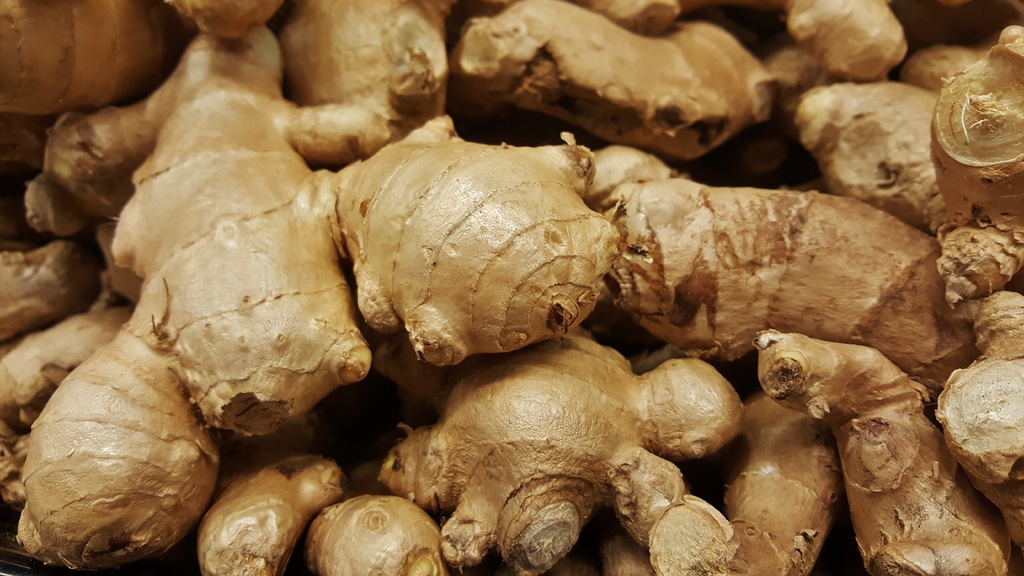Ginger has been used in cooking for centuries. It’s most commonly used in curries and other Asian dishes, but it is quickly becoming a go-to option for many Western cuisines and juices.
Most people remove the peel before finely chopping or grating it, but there are occasions when you might want to leave the skin on.

So, why do many people choose not to peel their ginger before juicing or cooking it?
The main reason why you would want to leave the peel on is that it contains a significant amount of gingerol, which is a powerful antioxidant. Although there are high levels of this compound in the root itself, research has shown that when it is juiced with a few carrots, hundreds more antioxidants become available.
This makes it a great home remedy for easing inflammation, helping with osteoarthritis, and preventing heart disease.
According to research, unpeeled ginger has almost twice the number of vitamins and minerals that are found in peeled ginger. This makes whole ginger juice more nutritious and even tastier.
There is concrete evidence that ginger root can reduce nausea and motion sickness, which is why some people drink ginger tea. You should also consider including it in your meals or juice if you suffer from digestive problems like gas and bloating.
Ginger gets most of its flavor from the skin. So, when you’re grating or chopping this spice, make sure you leave some of it on to add a stronger taste and more depth to whatever juice you decide to prepare.
However, if too much is added, your drink will end up tasting too strong and possibly bitter. This is why it’s important to taste the flavor as you prepare, ensuring that none of the ingredients overpower the others.
The skin of ginger is so thin that you probably won’t even notice it’s in your juice or dish. But there’s always the risk of going overboard if you are not careful.
If you’re planning on using ginger as an accent instead of the main ingredient in your juice, feel free to peel it away before cooking.
If you are juicing it, however, unpeeled ginger adds that extra flavor and nutrition without making the drink too bitter. The best way to learn is by trying both methods and seeing which one gives you better results.
Another reason why you should include the skin in your dish or juice is that it gives off a much stronger, sweeter, and often more fragrant smell than peeling does. This makes it ideal for juicing with several other ingredients.
You can even try adding thin slices of unpeeled ginger to your dish to infuse its flavor into any meal. This can be especially effective if you’re making a stir-fry dish, where each ingredient needs to be carefully balanced out so that they don’t cause any disruption in taste or texture.
There are many juices and dishes that benefit from peeling and chopping ginger, but this method is usually preferred for the added texture that peeled ginger brings to juices, soups and stocks.
Still, there are no hard and fast rules in the kitchen with this spice, so you’ll have to see what works best for your dish or drink based on preference and taste.
One final reason why you should always include the skin in your ginger is that it cuts down on a lot of preparation time. You can simply chop or grate as much as you need, then store what’s leftover for later use without having to worry about peeling first. This will save you a few extra minutes during prep time.
However, if you decide to peel it, then you’ll need to store the leftover pieces in a sealed container or wrap them up with a piece of wet paper towel and place it inside an airtight plastic bag. This will help maintain its freshness until you’re ready to use it again.
All things considered, it’s best to experiment with both methods and see which one works better for you. That’s how you’ll discover the recipes that require peeled ginger and those that taste so much better with the peel on.